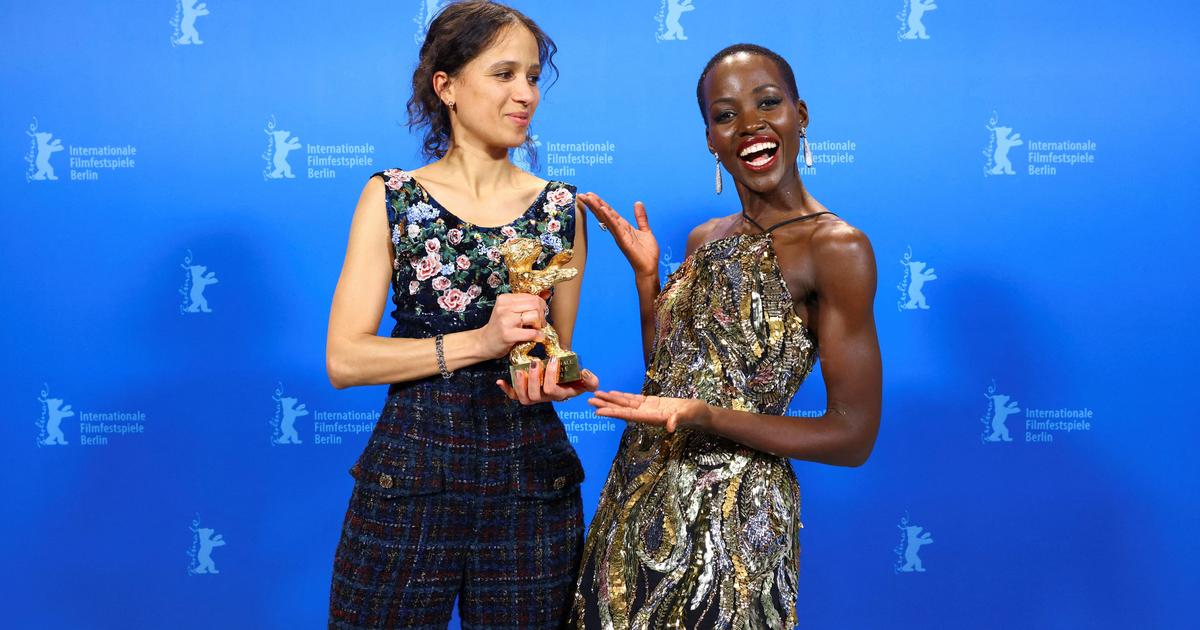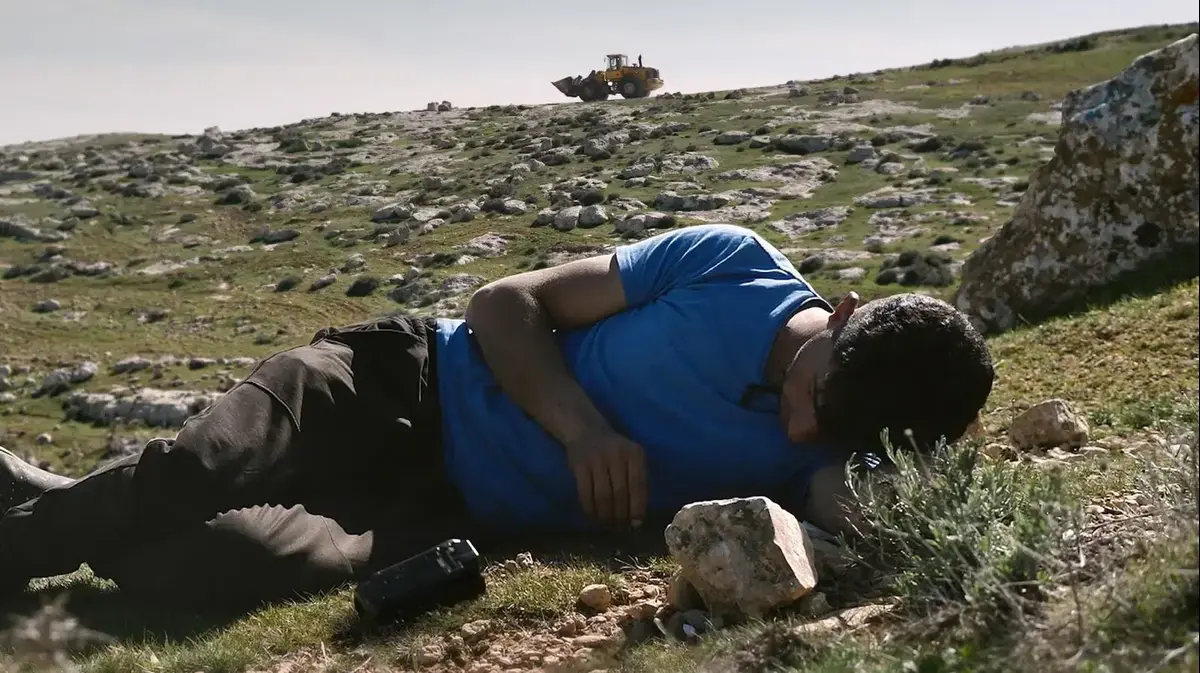It is a ceremony with strong symbolic value which will be held on Wednesday, October 27 in Paris: France will record the imminent return to Benin of 26 works from the royal treasures of Abomey, preserved so far at the Quai Branly museum.
Emmanuel Macron will preside over the ceremony which will be held at 4 p.m. at the Parisian museum housing thousands of African works partly looted during colonization.
Benin will be represented by the Minister of Foreign Affairs, Aurélien Agbenonci, before a possible visit by President Patrice Talon in November.
Read also Before their return to Benin, royal treasures from Abomey on display at the Quai Branly museum
The ceremony will be an opportunity to detail the conditions for the return of the works and the schedule, according to a government source.
Among the 26 works of art, there are totem statues of the ancient kingdom of Abomey as well as the throne of King Béhanzin, looted during the sacking of the Abomey palace by colonial troops in 1892. They are exhibited. to the public until Sunday at the Quai Branly museum.
The French head of state pledged during a speech at the University of Ouagadougou (Burkina Faso) in November 2017 to make temporary or final restitution of African heritage in France possible within five years.
On the basis of a report submitted by the Senegalese and French academics Felwine Sarr and Bénédicte Savoy, who will speak on Wednesday, he had decided to return 26 works requested by the authorities of Benin, as well as the saber and the scabbard of El Hadj Omar. Tall, requested by Senegal. This report had drawn up a return schedule and an inventory of the tens of thousands of objects that the settlers brought back from Africa. He had been greeted but also criticized by certain museum directors, concerned about the
"circulation of works"
of
"universal character"
.
Finally, a law was passed in December 2020, allowing exceptions to the principle of “inalienability” of works in public collections, because they had been the subject of characterized looting, making these restitutions possible.
"A long work of research"
Two curators from Benin have been in France for more than a week to organize the return of the works,
"requested by Benin,"
Emmanuel Kasarhérou, president of the Quai Branly-Jacques Chirac museum, told AFP last week. which this restitution is
"a first realization"
resulting
"from a long work of research"
. In Benin, they will first go
“to a storage place. Then they will be presented in other places in a lasting way: at the old Portuguese fort of Ouidah and the governor's house, historic places of slavery and European colonization, located on the coast, pending the construction of a new museum in Abomey ”
, in the former royal palace of the kings of Dahomey, inland, added Emmanuel Kasarhérou.
See alsoSenate: a bill to regulate the “restitution” of works of art
According to experts, 85 to 90% of African heritage is outside the continent. Since 2019, in addition to Benin, six countries - Senegal, Côte d'Ivoire, Ethiopia, Chad, Mali, Madagascar - have submitted restitution requests. At least 90,000 objects of art from sub-Saharan Africa are in French public collections. 70,000 of them at Quai Branly, including 46,000 who arrived during the colonial period. The Quai Branly began a long
“almost exhaustive work on the 300,000 works of the museum which do not concern only Africa
(Oceania, Asia and the Americas too)
to identify those which would have been taken in a violent manner without the consent of the owners, for example. taken by war or by coercion from the colonial administration, ”
says Emmanuel Kasarhérou.
But
“all the objects that are in the collections in Europe have not been stolen, it is perhaps the idea which is currently running but it is not correct from a historical point of view.
In what proportion?
This is the whole purpose of our work, ”he
explains.
Many objects have indeed passed through several hands: administrators, doctors, soldiers, or their descendants have donated them to museums.
Other works were offered to religious, acquired by collectors of African art at the beginning of the 20th century, or brought back during scientific expeditions.












/cloudfront-eu-central-1.images.arcpublishing.com/prisa/KMEYMJKESBAZBE4MRBAM4TGHIQ.jpg)

